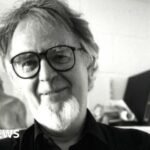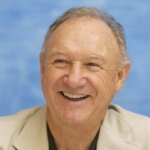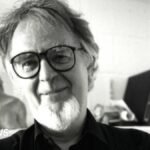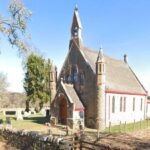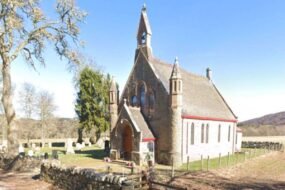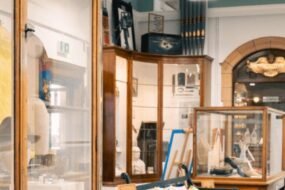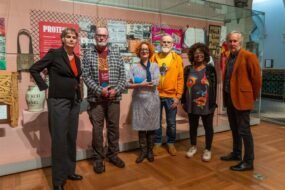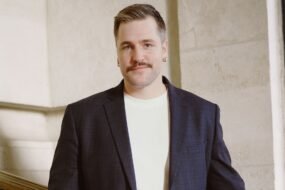
When the art world thinks of Somerset, most think of a few square miles in the east of the county centred on Hauser & Wirth and The Newt hotel. But 30 miles west, in a less voguish part of the county, is Close gallery, hidden away down the lanes near Hatch Beauchamp in the grounds of Close House.
It was founded in 2009 by the curator and art advisor Freeny Yianni in the grounds of Close House, the 17th century home she shares with her husband, the artist Magnus Hammick, and their two sons.
Yianni cut her teeth working at London’s Lisson Gallery between 1990 and 1999, first as an archivist, then an artist liaison, and eventually a director (it was here that she met Hammick, who was represented by Lisson at the time).
“I was given Grenville Davey to look after and in 1992 we managed to win the Turner Prize together,” Yianni says. When I left, Grenville just sort of migrated with me, the same with Jane Harris and Anna Mossman,” she says of the other former Lisson artists that she represents to this day, either in person or via their estates in the case of Davey and Harris. After the birth of her sons Yani, in 2001, and Cassius, in 2006, Yianni established her Somerset gallery in 2009. For a decade she held shows in the house itself, before two barns were built in 2018, and opened as a gallery in 2019.
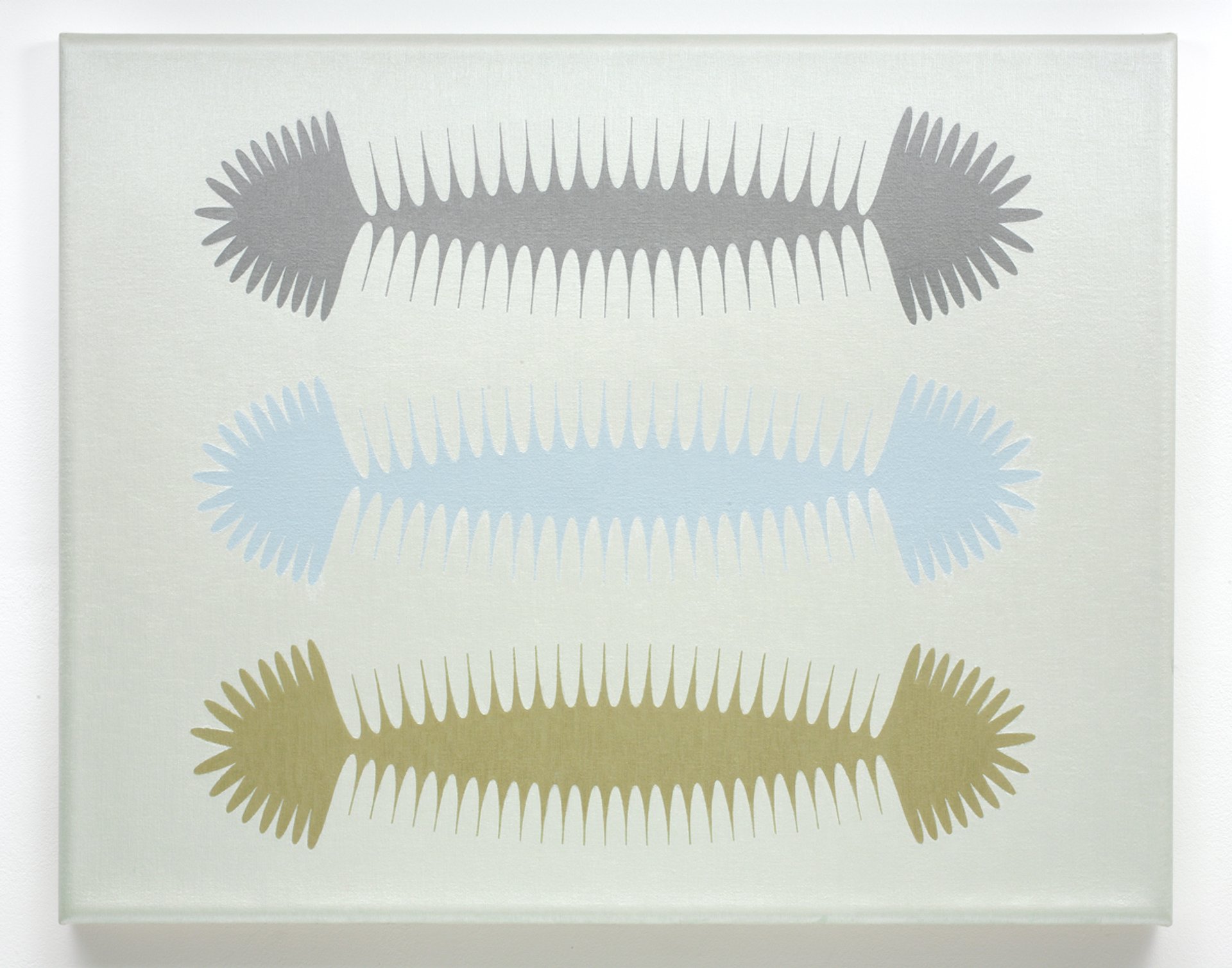
Jane Harris, Interlopers (2008)
Image courtesy of the artist estate and CLOSE gallery
With her sons now grown up, Yianni is now expanding the gallery business and earlier this year she took on a sales director in the form of Richard Scarry, who previously co-founded the gallery Coates and Scarry in Bristol. “I just came to the end of another [art] fair cycle, and when I met Freeny I was really ready to just get out of the rat race, kind of like Tim Blum has just done,” says Scarry, referring to Blum’s recent widely publicised decision to “transition” away from the traditional gallery format. “It’s about breaking the system apart a little bit, and, in finding Freeny, I found this amazing way to show art and slow the process down,” Scarry says. “We do artist talks, we engage with community. People always make the comparison with Hauser & Wirth, but it’s not trying to be that. It’s not a restaurant, it’s not a cafe, it’s a bohemian destination for people just to come and really engage. And through that, we sell art as well, which is where I come in.”
The gallery’s current show is of previously unseen works from the estate of the British abstract artist Jane Harris (1956–2022), in partnership with Prue O’Day, on behalf of Harris’s husband, Jiri Kratochvil and son, George Kratochvil. Harris, who died from cancer aged 65, moved to Périgord in rural France in 2006, and her work remains better known across the Channel than in the UK—an exhibition of her work opens at FRAC Limoges in October 2025. The exhibition is in fact dual location. The Fugitives, in Somerset (until 2 August), focuses on Harris’s large-scale abstract works, many of them using the metallic paint that she started to use in her later works. Prices for these rhythmic, shimmering works range up to around £60,000, with works on paper starting at around £1,500. Meanwhile, the second iteration, Aloof (until 31 July), christens Close’s new London project space, at 23 Balcombe Street in Marylebone, and focuses on Harris’s meticulously rendered smaller works.
“The great thing is you get to see the whole studio from when she was 16 years old and wanted to be a garden designer—she was completely infatuated with 17th century French design,” Yianni says, walking into one of the Somerset galleries hung with her large-scale abstracts.
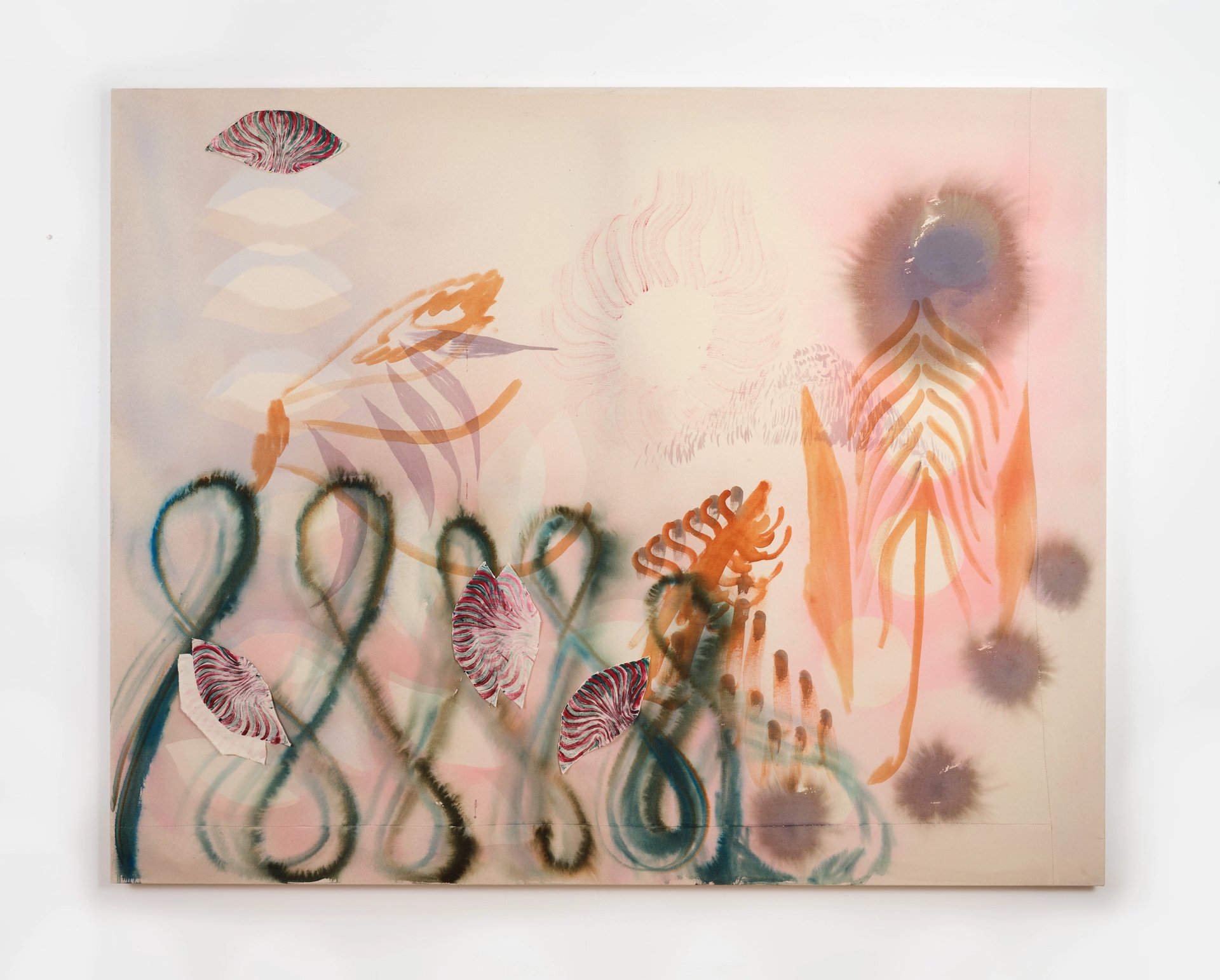
Aimee Parrott, Hum (2024), included in After Nature
Courtesy the artist and CLOSE ltd
This autumn Close will present a monumental sculpture by the British artist Simon Hitchens at Frieze Sculpture in Regents Park, London (18 September-2 November). The monolithic Bearing Witness To Things Unseen is a new version of a 2022 work from Hitchens’s Shadow series. Running alongside this presentation is a group exhibition at Close in Somerset titled After Nature (13 September-25 October). Curated by Ben Tufnell, a former Tate curator and co-founder of the London gallery Parafin which closed last year, the exhibition brings together Land Art greats such as Bristol-based Richard Long and David Nash with a younger generation of artists who also respond to nature—and the havoc wreaked by humans upon it—in their work. Artists include Aimee Parrott, Nissa Nishikawa, Onya McCausland, Fred Sorrell and Lotte Scott, alongside Hammick and Hitchens, working in media spanning sculpture, ceramics, drawing, painting and photography—a significant mud work by Long will be installed in one of the capacious barn galleries.
“My heart went out to Ben Tufnell when his gallery closed down,” Yianni says. She recounts Tufnell suggesting that he curate a show at Close, after she called him to see how they could collaborate. “I said, Well, I’m really interested in identifying the new Land Artists, because we work with people like Lotte Scott and Simon Hitchens, who are based in the West Country and grounded in nature. So, we started this ball rolling, and now we have this wonderful show opening called After Nature.”
Scarry chimes in: “One of the things Freeny is very good at is holding space for people, whether physically or intellectually.” He points to the Richard Long mud painting which will be included in After Nature. “We have a long enough gallery space to install it…when you look at one of the mud paintings and you’re in Lisson, or Gagosian or Zwirner in New York say, it feels quite abstract, there’s a disconnect. But out here, you’re back to the earth.”

